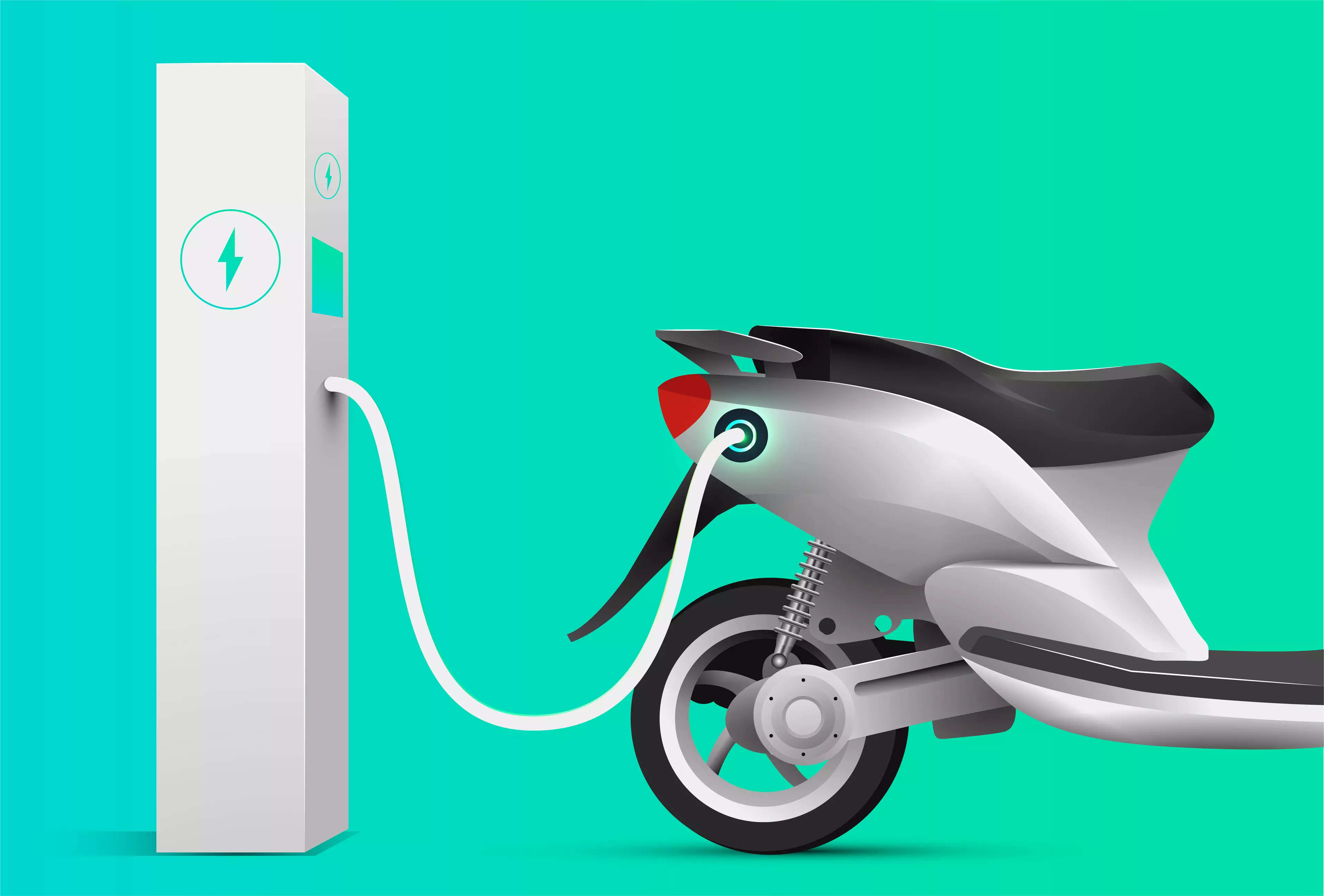
Mumbai : The government, World Bank and Small Industries Development Bank of India (SIDBI) are set to launch a $1 billion fund to provide guarantees against loan default to lenders financing purchase of electric two- and three-wheelers, three people aware of the development said.
SIDBI and the World Bank have started interacting with financial institutions and manufacturers to understand how to enhance commercial financing availability for electric two and three wheelers and develop a risk sharing program for financial institutions interested in this market. This process is facilitated by a Korean grant secured by the World Bank that was signed on September 26 , 2022 with SIDBI. Based on this sounding, a concept will be outlined and the timeline will be established at that point, said Gerald Paul Ollivier, Lead Transport Specialist, World Bank.
The entities will initially set up a $300 million “first loss risk sharing instrument”, a person involved in the talks said. “The funds would be available for all financial institutions to access as a first-loss instrument,” he said.
“The instrument would act as a hedging mechanism, for banks to access in case of defaults of loans on purchase of electric vehicles. This is expected to bring down the cost of financing EVs by 10-12%,” said the person.
Currently, the interest rate on loans to purchase electric two- and three-wheelers is 20-25%.
Partial credit guarantee and first loss risk sharing instruments are some of the most effective financial solutions to foster the transition and increase electric mobility uptake, said Ollivier to ET.
The Niti Aayog is the facilitating agency for the project, aimed at facilitating faster and easier financing of electric vehicles.
Niti Aayog and SIDBI did not respond till press time Monday to emails seeking comment.
ET reported in October last year that government think tank Niti Aayog and the World Bank were in discussions to set up a $300 million loss-sharing mechanism to compensate banks giving loans for electric vehicle purchases. Total financing under the programme was estimated around $1.5 billion.
State Bank of India was being considered as the programme lead, but it moved out of the partnership as banks still consider EV as a risky segment. SIDBI will now be the implementing institution for the programme.
SBI moved out of the partnership as banks still consider EV as a risky segment, said a second person.
“After a due diligence, it didn’t seem feasible for SBI to be the programme lead, as it had concerns with respect to EV technology, warranty, battery life,” he said.
SIDBI has of late been spearheading India’s efforts towards sustainable development goals by tying up with multiple small and medium companies to increase energy efficiency in their operations.
Over the past year, NITI Aayog and the World Bank have interacted closely to understand how to accelerate the energy and transport transition pursued under the Transformative Mobility and Battery Storage Program of the Government of India. While many supportive policies and incentive program have already been put in place, financing for electric vehicles remains scarce and expensive for two and three wheelers, in particular for the many in India with lower credit scores.
Banks have continued to shy away from this segment as they burnt fingers losing money on financing e-rickshaws, and other two- and three-wheelers powered with lead-acid batteries. Even as banks have maintained an arm’s length questioning the commercial viability and resale value of these vehicles, several non-bank lenders and digital financiers have taken the lead in financing this segment.
“Over the last few months, the EV financing segment is getting crowded by many fintech companies and NBFCs who have stepped into finance EVs with a competitively lower rate (than earlier) of interest,” said the chief executive of a company manufacturing electric two-wheelers. “However, this ‘risk-sharing instrument’ could further lower interest rates, as access to finance is very critical for the two- and three-wheeler segment. EVs still do not have a robust resale market, making it difficult for banks to ascertain its residual value.”
Manufacturers are of the view that policy intervention is required to reduce borrowing costs.
“Although EV adoption is growing, there is still potential to further reduce the cost of financing through this fund,” said Sulajja Firodia Motwani, CEO of Kinetic Green whose company specialises in electric three-wheelers.
The real driver of India’s electrification will be two and three-wheelers, as these are used by the masses for last-mile connectivity for its low cost of operations. If the past five months are an indicator, EV sales will cross a million units in the ongoing fiscal 2023, up 84% from last fiscal year.
Leading the race are electric two-wheelers, poised to expand 117% to 750,000 units, followed by three-wheelers at 12% to 200,000 units. All segments, in the first five months of the current fiscal year itself, have almost equalled their total FY22 total sales, according to the Society of Electric Vehicle Manufacturers (SMEV). Experts point out that the hinterlands are seeing faster adoption amid a rise in fuel prices and consumers choosing cleaner and greener mobility.
Sohinder Gill, CEO of Hero Electric and director-general of the SMEV, said in the next two years, there would be more electric two-wheeler product launches at competitive price points which would help boost their adoption.
Accordingly the challenge today is to scale up financing in India at a pace that catches up with this major transport and energy transition, added Ollivier.
Read More:

















